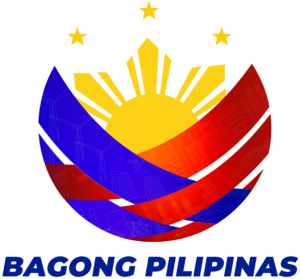THE SECULARIZATION ISSUE WAS AN INTERNATIONAL ISSUE
by Peter Jaynul V. Uckung
We all know that the agitation for secularization precipitated the execution of Father Gomes, Burgos, and Zamora, which in turn engendered the seed of discontent among the Filipino reformists, which in turn fanned the flame of Philippine revolution. But few knew the real reason for the move to secularize, much less where and why it came to be.
The reign of Charles III of Spain in 1759 ushered in the policy of subjecting the Catholic Church to the control of the crown. The religious order with their corporate existence, would not easily bow down under his rule, unlike the seculars who were subject to the bishops, who were themselves appointed by the crown. It is well known that the religious orders, or regular clergy, try to preserve their corporate freedom and governance of their dioceses against the control of the bishops.
Under Governor-general Simon de Anda, secularization was implemented in the Philippines. In 1774 a royal cedula made this policy official. Resistance to this policy was supported by allegations that the training of Filipino seculars was inadequate. Some religious regulars reasoned, with racist overtone, that the Filipinos were not priestly material. But the more serious charge was that native priests would one day lead revolts against Spain. Spain experienced this predicament when Mexico and Peru, led by native priests, waged wars of independence against her.
The secularization policy of 1774 was overturned in 1826 by the Spanish government, although the Vatican discouraged the permanence of a religious order in governing a parish. The Vatican’s or the Pope’s control of the Catholic ministers in the Philippines was not absolute. Decisions coming from the Pope still have to pass approval from the Spanish government. More often than not, the religious orders in the Philippines use their influence with the government to thwart the wishes of the Vatican. Religious rule of the regulars, then, continue to be paramount.
By this time a number of Filipino priests were becoming conscious of their rights and were now becoming active and united in defending them. From among them, there arose a leader, a Filipino priest, Father Pedro Pelaez (from Pagsanjan, Laguna). But his untimely death in 1863, during an earthquake in Manila, deprived the secularization movement of a wily, respected and influential leader.
And then forward came Father Jose Burgos, regarded as the protégé of Pelaez. Both of them were passionate in establishing the rights of the seculars. For Pelaez, the more important issue was the rights of the secular clergy being violated by the friars. This was also true for Burgos. But there was one more important aspect of the issue: that the seculars were being denied of their right to govern a parish because of their race and inferiority to Europeans. Burgos was now evolving into a religious nationalist.
Nationalism, in any form, was not about to be tolerated by the Spanish government. Secularism must be destroyed. And destroyed they were on 17 February 1872, with the execution of three of the most visible supporters of secularism, Fathers Jose Burgos, Mariano Gomes, and Jacinto Zamora, in connection with the Cavite mutiny, which was unsatisfactorily proven.

